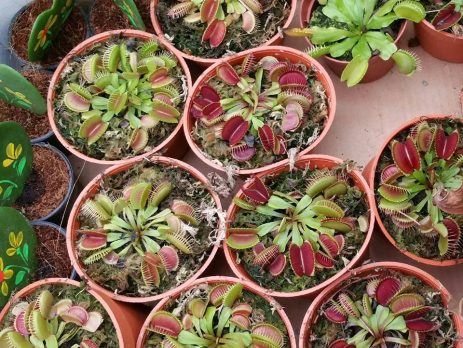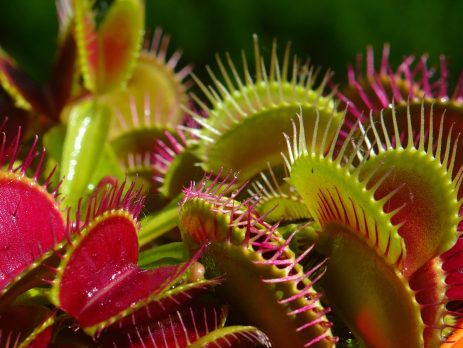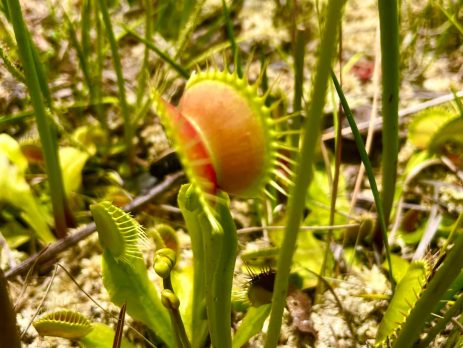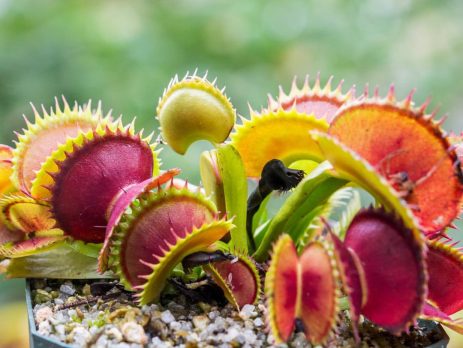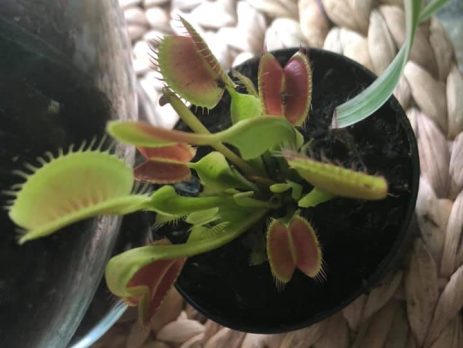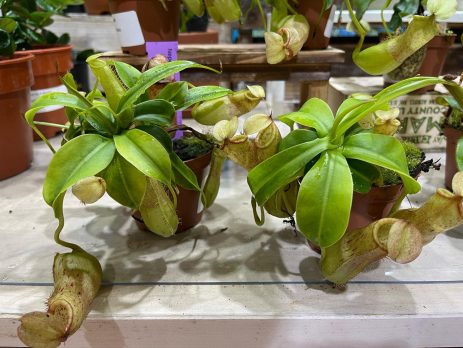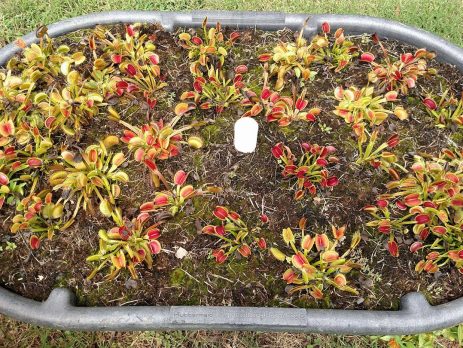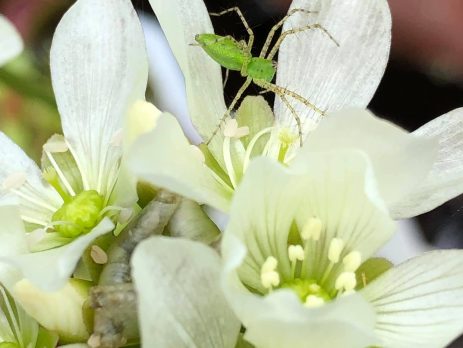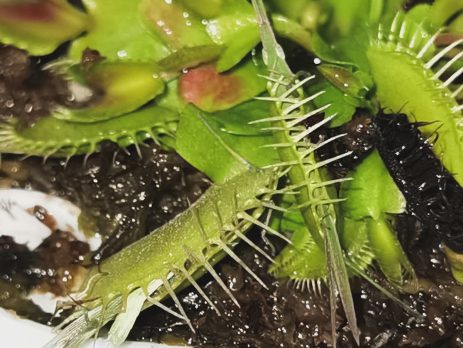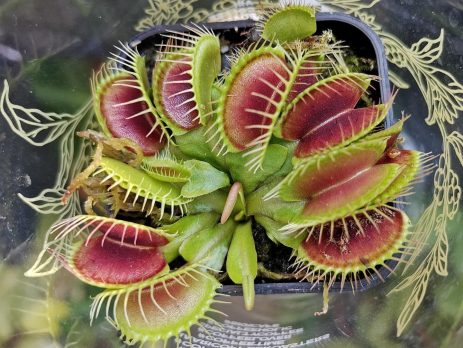Why is collecting Venus Flytraps such an engrossing past time?
Collecting Venus flytraps can be an engrossing pastime for a number of reasons. Here are a few possible explanations: Unique Appearance: Venus flytraps are visually striking plants with unique features such as their carnivorous leaves that close when triggered by prey. This can make them fascinating to observe and collect. Challenge: Venus flytraps can be challenging to grow, and collecting different cultivars and species can be a way to test and improve one's horticultural skills. Diversity: There are many different...

